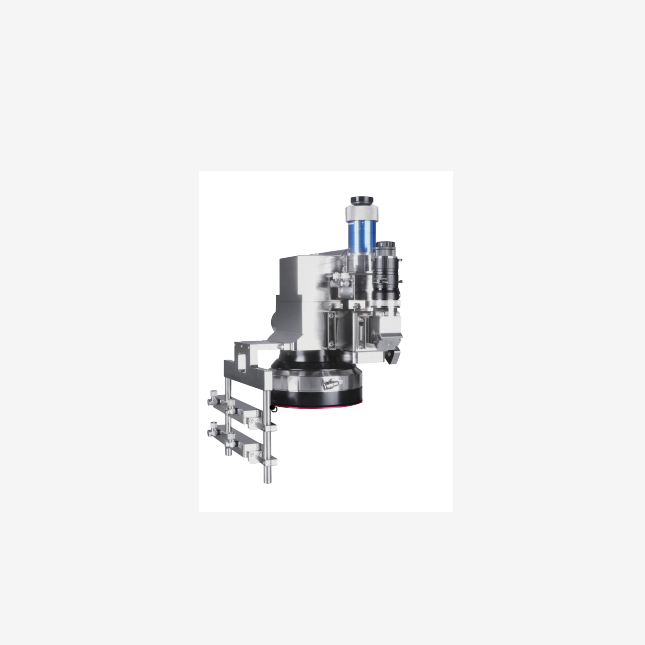Dealing with coordinate deviations in laser cutting involves identifying the root cause and implementing corrective actions. Here is a step-by-step approach:
- Check machine calibration
Laser alignment: Make sure the laser beam is properly aligned with the axis of the machine. Misalignment can cause deviations.
Axis calibration: Calibrate the X, Y, and Z axes regularly. Use a calibration grid or known reference to check accuracy. - Check mechanical components
Belts and pulleys: Check belts and pulleys for wear. Loose or damaged parts can cause slippage, resulting in deviations.
Linear guides and bearings: Check for dirt, wear, or damage. Clean and lubricate regularly to ensure smooth operation.
Mirror and lens positioning: Verify that the mirrors and lenses are securely mounted and in the correct position. Misalignment can affect beam focus and cutting accuracy. - Software configuration
Coordinate system settings: Make sure the coordinate system of the software matches the physical settings of the machine (e.g., origin, axis).
Compensation settings: Adjust the compensation settings in the software to account for known deviations or offsets.
Update firmware: Make sure the machine’s firmware and software are up to date to avoid software-related issues. - Material Handling
Material Flatness: Make sure the material lies flat on the cutting table. Warped or uneven material can cause the laser to focus incorrectly.
Clamping and Fixtures: Use appropriate clamps or fixtures to hold the material securely in place and prevent movement during the cutting process. - Environmental Factors
Temperature and Humidity: Extreme changes in temperature or humidity can affect machine components, causing expansion, contraction, or other problems.
Vibration: Minimize vibrations from nearby machinery or external sources, as they can affect accuracy. - Make Test Cuts
Make test cuts on scrap material and measure the results. Compare the cut dimensions to the expected dimensions to determine the extent and nature of the deviation. - Adjust and Retest
Based on the results, make any necessary adjustments to the machine, software, or material settings, and retest until the deviation is minimized or eliminated. - Regular Maintenance
Establish a routine maintenance schedule to keep your laser cutting machine in optimal condition and reduce the likelihood of deviation over time.
By systematically addressing these areas, you can reduce or eliminate coordinate deviations in your laser cutting.

